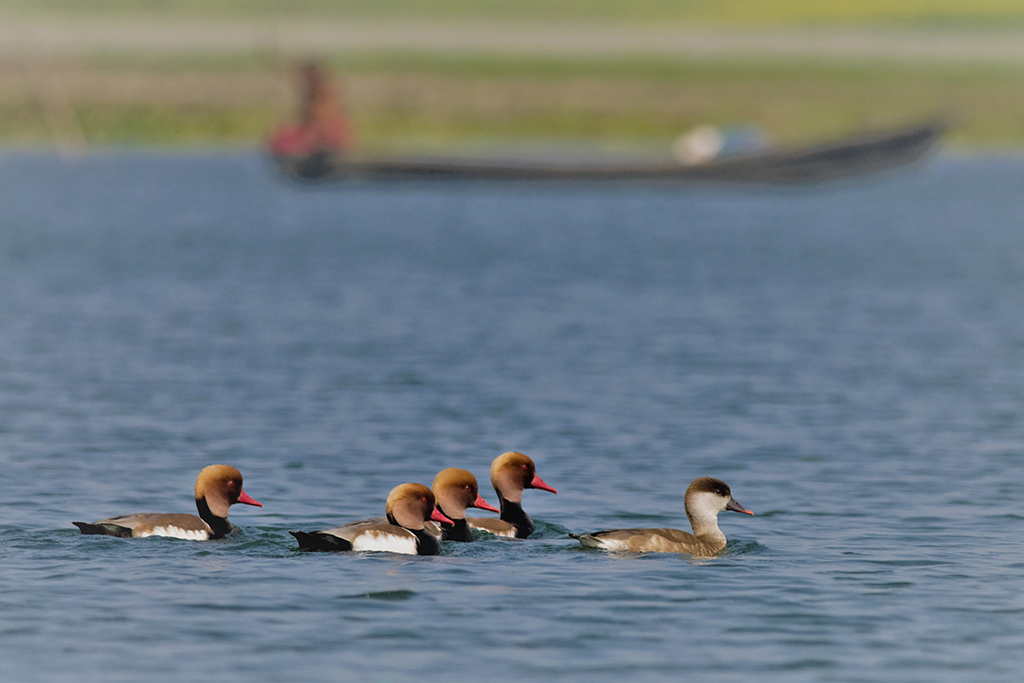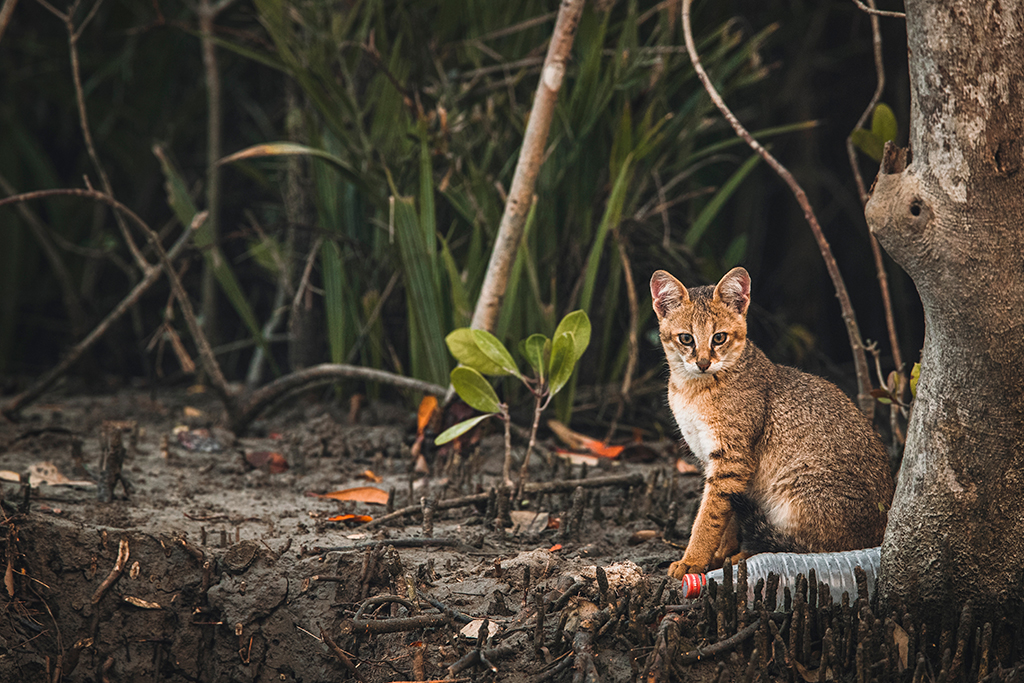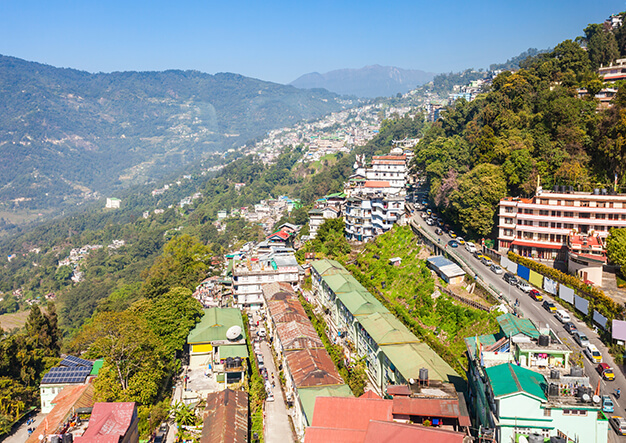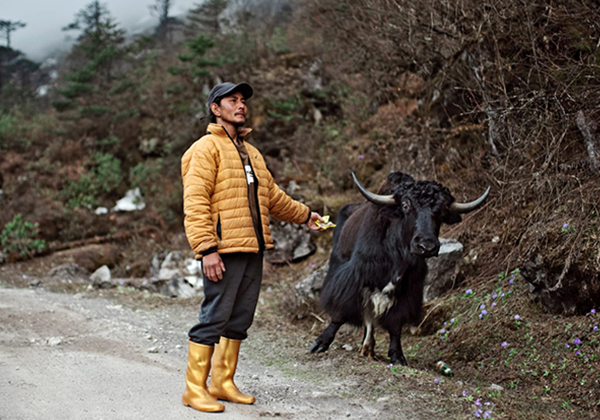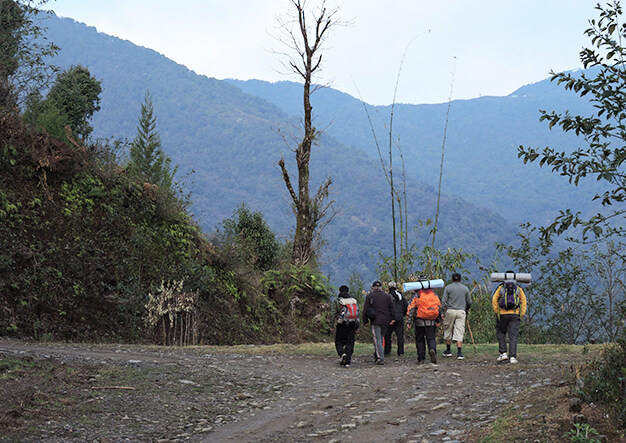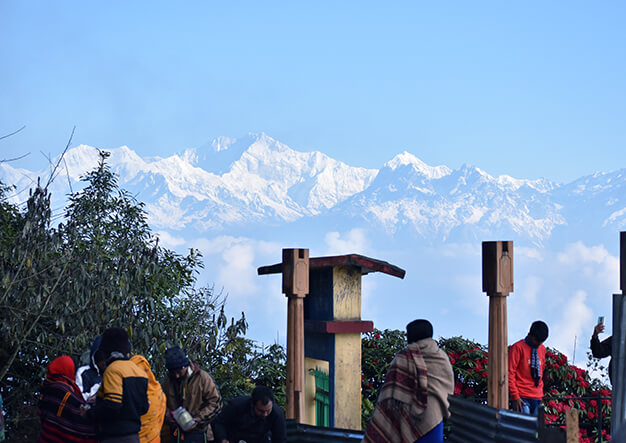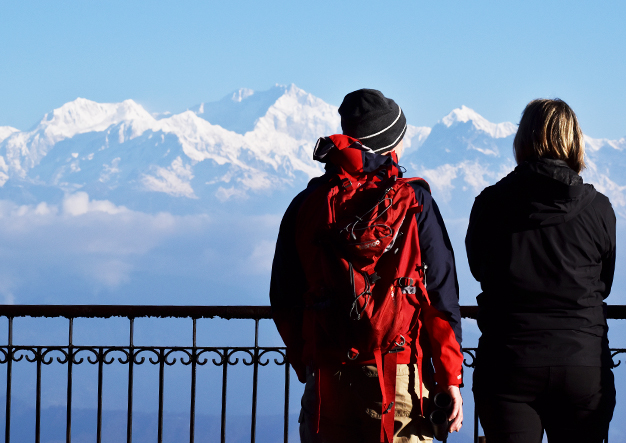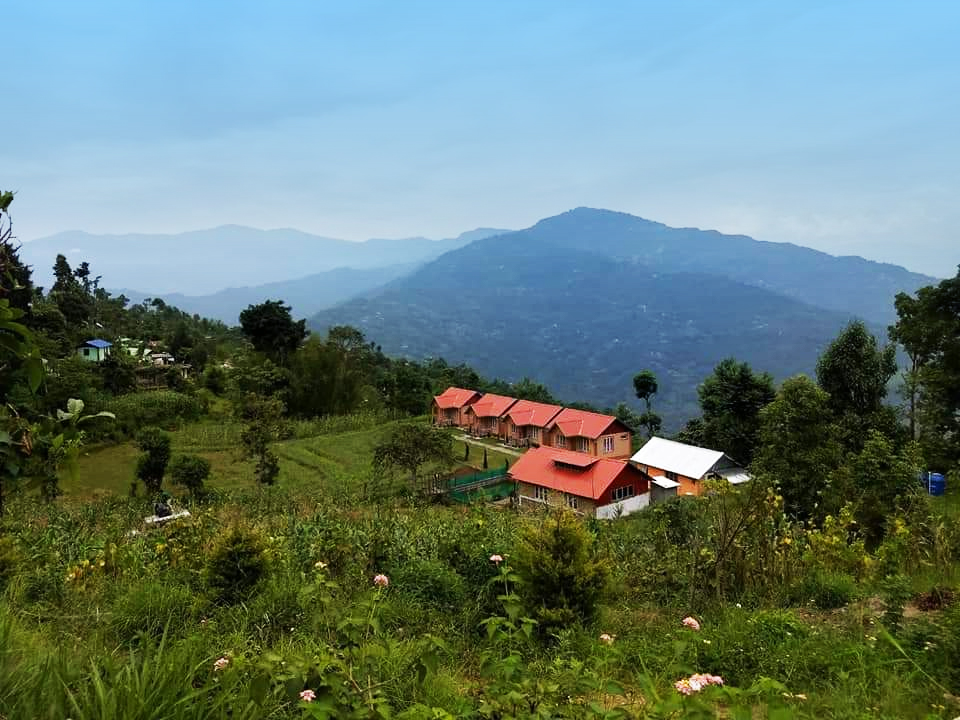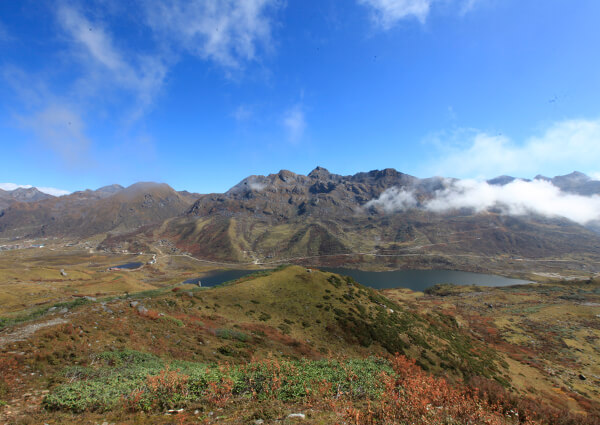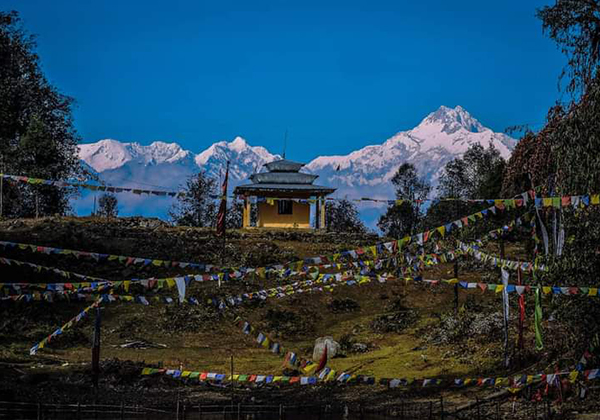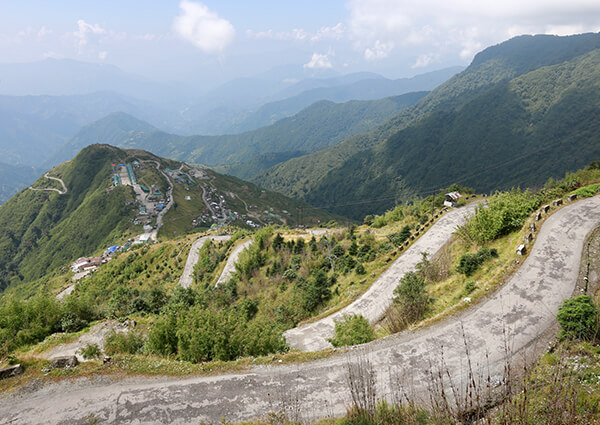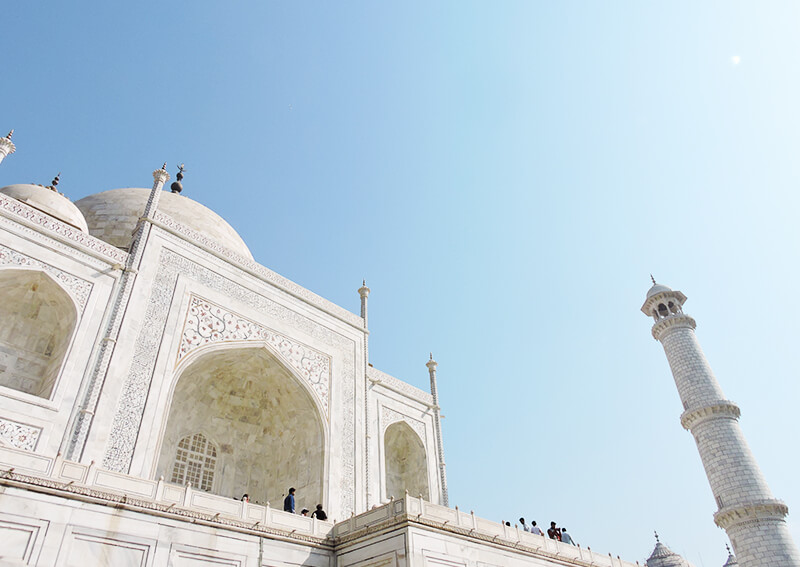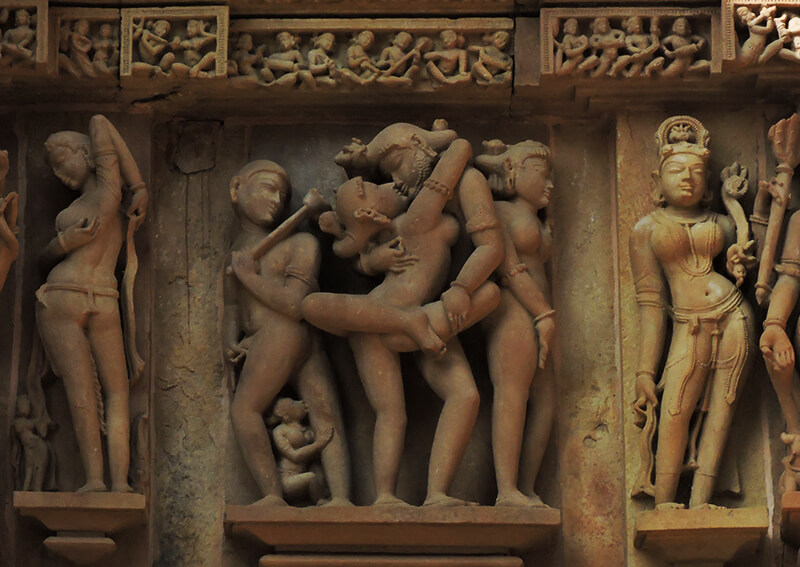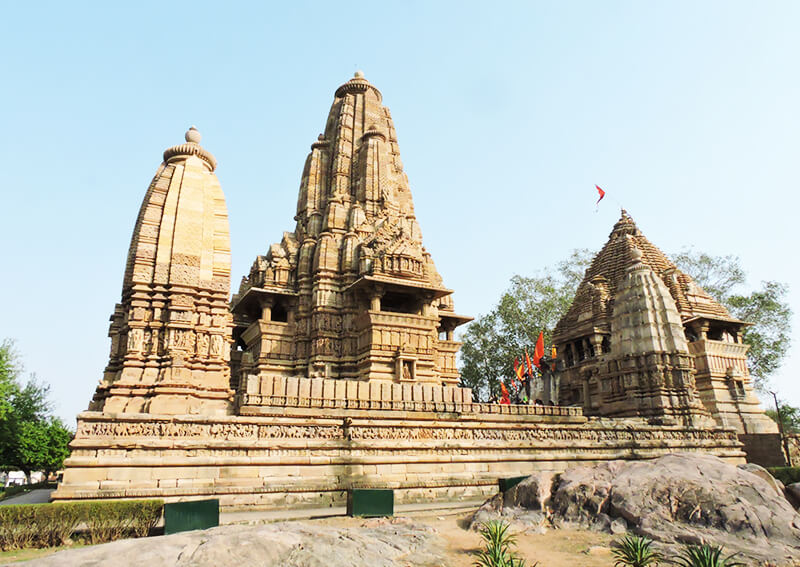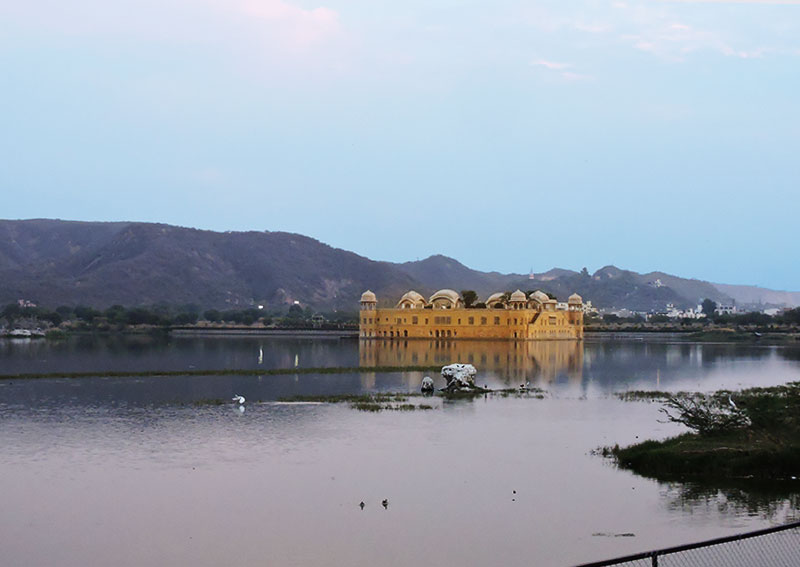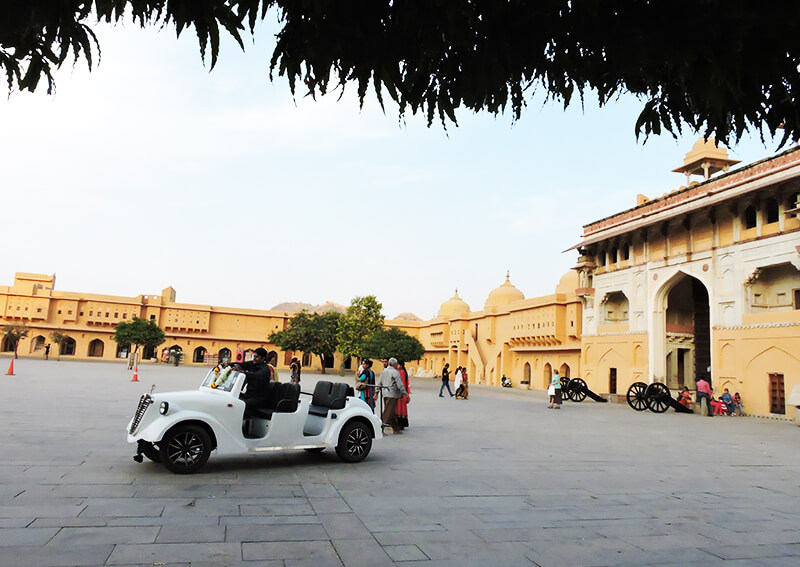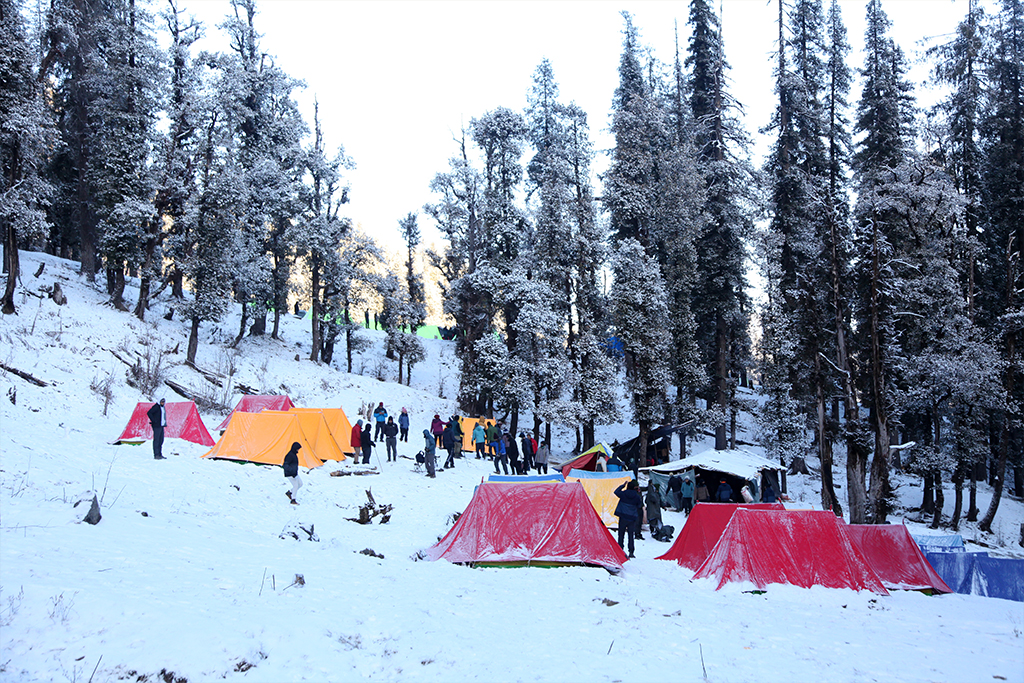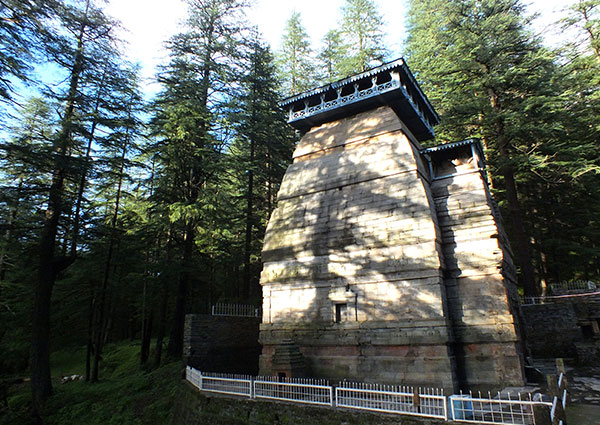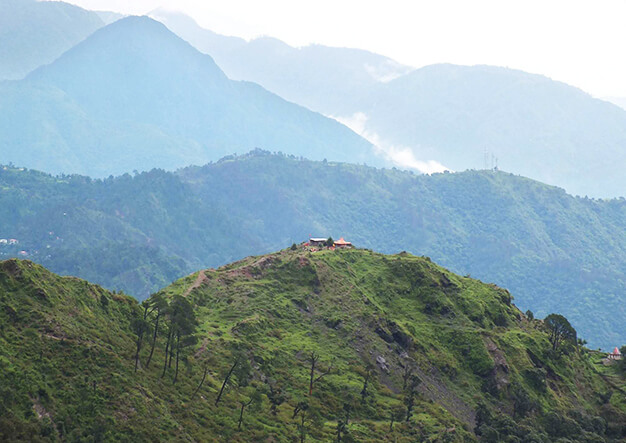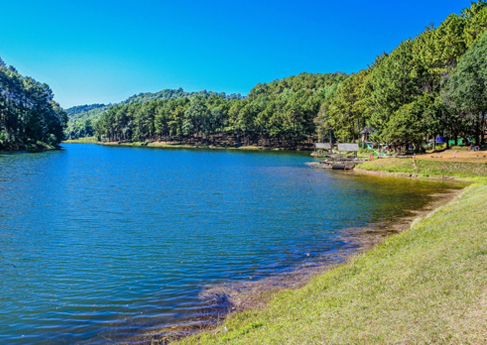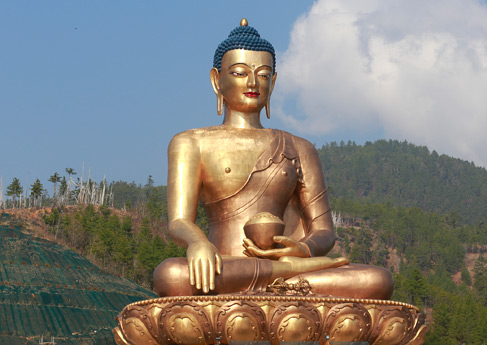The Bengali version of Dussehra, Durga Puja/ Durga Pujo is, as the name suggests, dedicated to the worship of West Bengal’s most beloved deity- the Goddess Durga, the embodiment of all feminine virtues representing power and unity. Durga Puja is the time to worship ‘Shakti’ or divine power.
As per the Hindu calendar, Durga Puja is celebrated on the 9th day of the Ashvin month which occurs in the autumn months around September/ October. The Bengalis schedule the festivities according to the ‘Titthi’ i.e. time calculated on the basis of the movement of the moon. ‘Mahalaya’ falls on the new moon which marks the beginning of the ‘Devi Paksha’ and the count-down for the Durga Puja. The puja is conducted for four days which begins on ‘Mahashashthi’ i.e. the sixth day of the full moon and ends on ‘Dashmi’ – the tenth day.
Rituals of the Durga Puja
Durga Puja festivities continue for a period of nine days, although the preparations and the excitement begin long before that! The rituals include fasting to seek the blessing of the Goddess and offering prayers to the ancestors at the river banks. The festival begins on Mahalaya and the goddess is inaugurated on Mahashashthi. For three days – Mahasaptami, Mahaastami and Dashmi, prayers are offered to the Goddess by reciting mantras and shlokas. The resounds of the drums and conch shells (Shankha) announces the beginning of the aarti.
Durga Puja Traditions
Although Durga Puja is celebrated with much fervour in the entire northern India, traditions of Durga Puja vary from state to state. In Gujarat and Maharashtra Durga Puja or Navratra as it is more commonly known celebrations are accompanied by garba and dandiya. While in West Bengal rhythmic drum-beats are in intrinsic part of Durga Puja celebrations. Traditionally known as dhaks these are special kind of drums which are held on the shoulders with the beating side facing down. The drums are beaten with the help of two sticks that creates a mesmerising ambience at the Durga Puja pandals.
In northern India Goddess Durga is worshipped as the gentle bride who epitomises family unity while in South India she is revered in her warrior manifestation.
Durga Puja Celebrations
In all neighbourhoods, gorgeously decorated idols of the goddess are created- often in the form of large tableaux which depict her in the act of destroying the demon Mahishasura. Installed in specially erected pavilions known as ‘pandals’, the idols attract huge crowds who come to admire the tableaux and their decorations.







